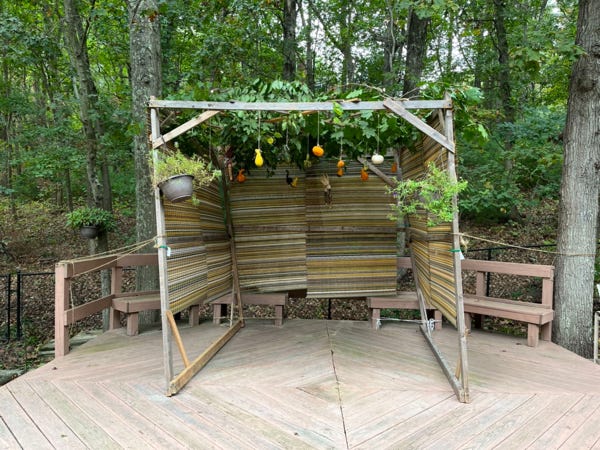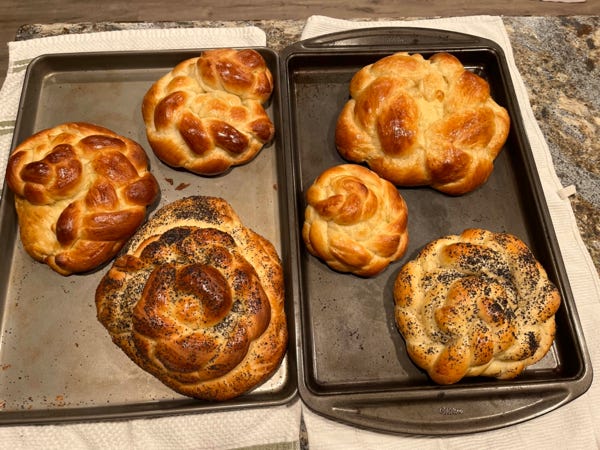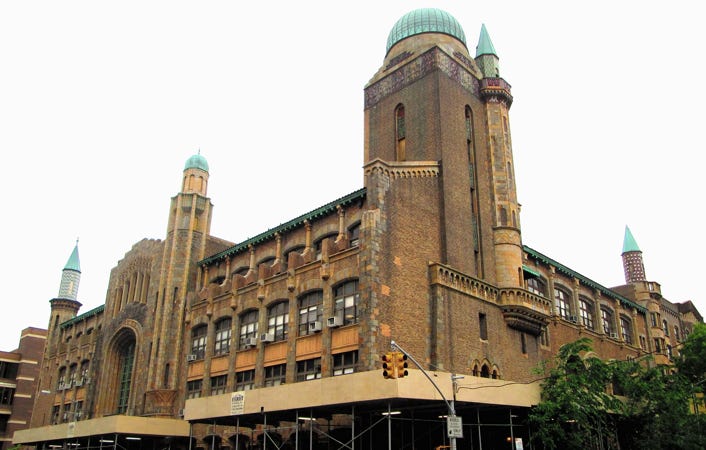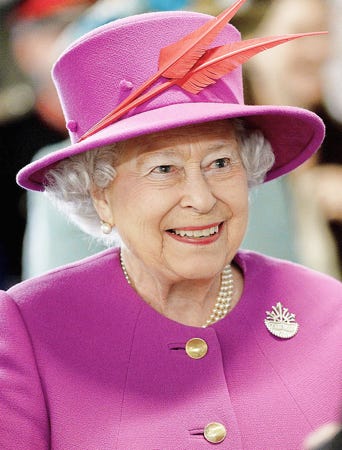10/09/2022
Jews around the world are preparing for the celebration of Sukkot, which begins at sundown tonight. The most significant preparation is the building of a sukkah, a temporary outdoor structure, by many synagogues, schools, Jewish organizations, and individuals. The sukkah symbolizes the huts in which the Israelites lived during the Exodus, and also represents the structures that farmers lived in near their fields at harvest time. Many people decorate their sukkahs with items such as drawings by their children, colorful gourds, lights, or flowers. Which of the following is an example of a sukkah which had symbolic decorations?

Sukkah by Mark D. Zimmerman
A. A couple in Brooklyn collected books from the many Little Free Libary boxes that can be found all over “Brownstone Brooklyn” and built a sukkah with the books hanging from the bamboo covered roof, as a symbol of the problem of illiteracy in many of New York’s poorer neighborhoods. After the holiday they donated all of the books to a community center in Brownsville, a poverty-stricken neighborhood in Brooklyn.
B. A Reform synagogue on the Upper East Side of Manhattan hung COVID face masks and used rapid test strips from the roof of their sukkah. The Rabbi explained that the sukkah decoration served as a symbol of the importance of testing, masking and vaccinations.
C. Two architects from Oakland purchased the cardboard signs held by homeless people begging on the streets and built a sukkah using the signs as sukkah walls, to symbolize and call attention to the problem of homelessness in the San Francisco Bay area.
D. An independent women’s minyan in Brookline, Massachusetts hung oranges from their sukkah roof. They chose an orange as this fruit is already used on many Passover seder plates, symbolically representing marginalized and excluded Jews, especially members of the LGBTQ community. The minyan organizers felt that extending the use of this seder symbol to the sukkah was another way of saying that nobody should be left out, or as they stated “Let no one be excluded as one of the seven ushpizin, the exalted guests, in our sukkah.”
E. A group of women in Georgia decorated their sukkah by covering the walls with “get well” cards sent to them by Herschel Walker, to symbolize, well, you know…
✡ ✡ ✡ ✡ ✡ ✡ ✡ ✡ ✡




